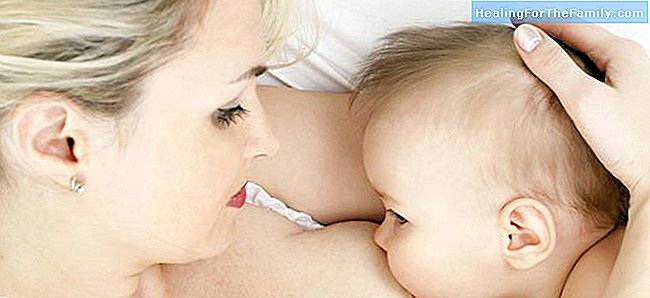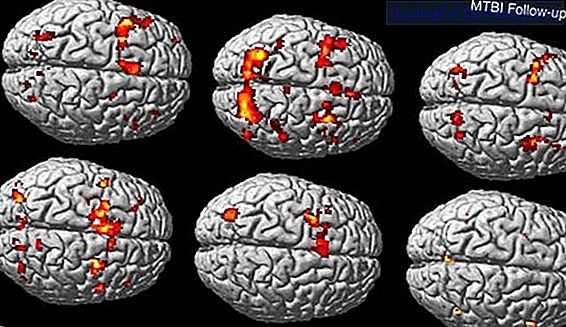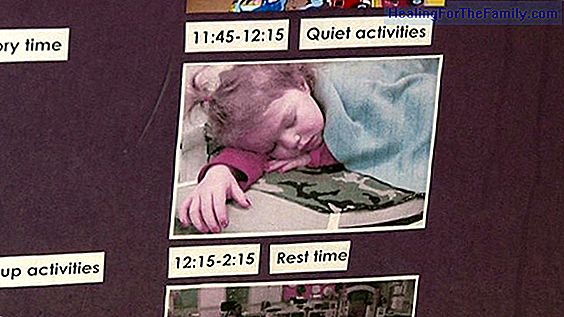The rise of milk in breastfeeding
Throughout the pregnancy your breast has been prepared for breastfeeding. The level of prolactin, the hormone that produces milk was elevated during pregnancy but until the time of delivery, estrogen prevents prolactin from acting. There are women who produce some milk droplets before the baby is bo
Throughout the pregnancy your breast has been prepared for breastfeeding. The level of prolactin, the hormone that produces milk was elevated during pregnancy but until the time of delivery, estrogen prevents prolactin from acting. There are women who produce some milk droplets before the baby is born, but the true rise in milk will take place when the baby is born.
How the milk rises

Around 24 or 48 hours after birth you will begin to notice the most swollen, heavier and very sensitive breast a, this is known as milk rise. You will wonder how to feed your baby until then, do not worry, your child will be able to eat thanks to colostrum, the baby's first milk. It is a yellowish liquid that precedes the rise of milk and that provides the necessary nutrients and helps the newborn to expel the first stool.You will have to put the baby to the breast from the first moments after the birth, not only so that it takes this first food, but so that it begins to stimulate, with the effect of suction, the ascent of the milk. Do not be afraid in these moments that the baby is not eating enough, if you put him often to the breast,
the newborn will be well fed . Feeding a bottle will be counterproductive for breastfeeding.Put the baby to the breast when you notice tension and swelling in the breasts, especially in the first moments. The more you put the baby to the breast, the better the start of breastfeeding will be made. You will hear many theories about the
number and rhythm of shots in the baby . Currently, pediatricians recommend breastfeeding on demand regardless of the time that has elapsed between shots. In any case, during the first days of life, you must make sure that at least the baby takes 8 daily doses to prevent dehydration and cause the colostrum to pass to the milk that the baby will take during the entire period of lactation.Worry that the baby
completely empty one breast before offering the next one and thus avoid the discomfort related to mastitis. If you notice that you are producing a lot of milk, you have a lot of tension in your breasts and the baby does not empty them completely, use the breast pump to empty your breasts, at least until you regularize breastfeeding. When a few days have passed and the lactation is already established you will notice in each shot a rise in the milk, it is a small tingling in the breast when the baby begins to suck and is the sign that
the milk has begun to flow. Sometimes this flow is quite, especially at the beginning of the shot and causes the baby to choke. Little by little, he will also gain experience and his shots will become shorter and more effective. There are babies who can empty a breast in 2 minutes.












